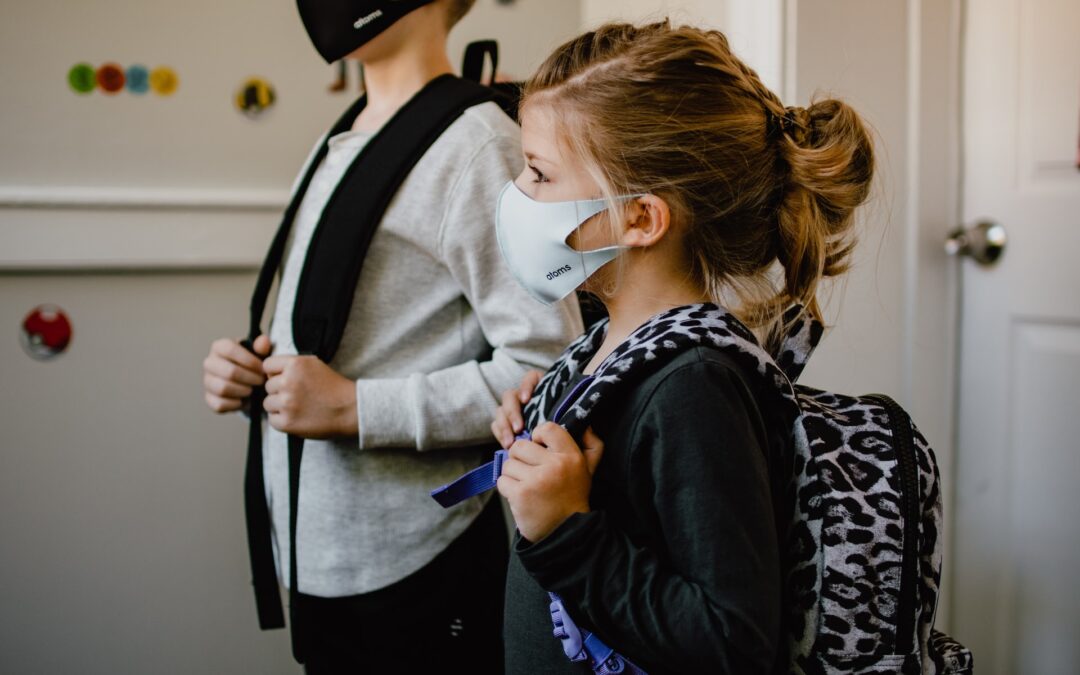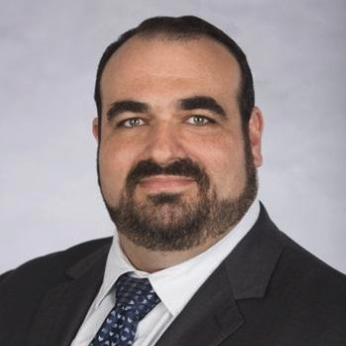
by The Children's Treatment Center | Sep 13, 2022 | General
For this month’s Consult The Expert interview, I spoke with Brittany Schulman, Psy.D. She is a licensed clinical psychologist here at the Center and has a special interest in the diagnosis and treatment of Attention Deficit/Hyperactivity Disorder (ADHD). Most of us...

by The Children's Treatment Center | May 9, 2022 | General
My colleagues and I have noticed an increase in anxiety and anxiety-related disorders over the past two years. This is likely because during times of strife, people typically feel apprehensive. However, since we are returning to more normal lives, many people have...

by The Children's Treatment Center | Mar 16, 2022 | General
In our first Consult The Expert article for March, we had the opportunity to speak with one of our clinical psychologists, Dr. Jamie Levine. One of her areas of specialization is working with children who have school-related difficulties. “So many components can...

by The Children's Treatment Center | Jan 18, 2022 | General
“Now is the winter of our discontent,” a speech by Shakespeare in Richard III says it all as we muddle through the beginnings of a third year of this pandemic. This horrendous experience has taken a toll on all of us. David Brooks in his op-ed in the NY Times (America...

by The Children's Treatment Center | Jan 17, 2022 | General
Dr. Jerome Siegmeister, the Center’s newest clinician, is an expert on the psychiatric concerns of children and adolescents. A former high school teacher, he is in a unique position to help children through mental health resources that are tailored specifically...






